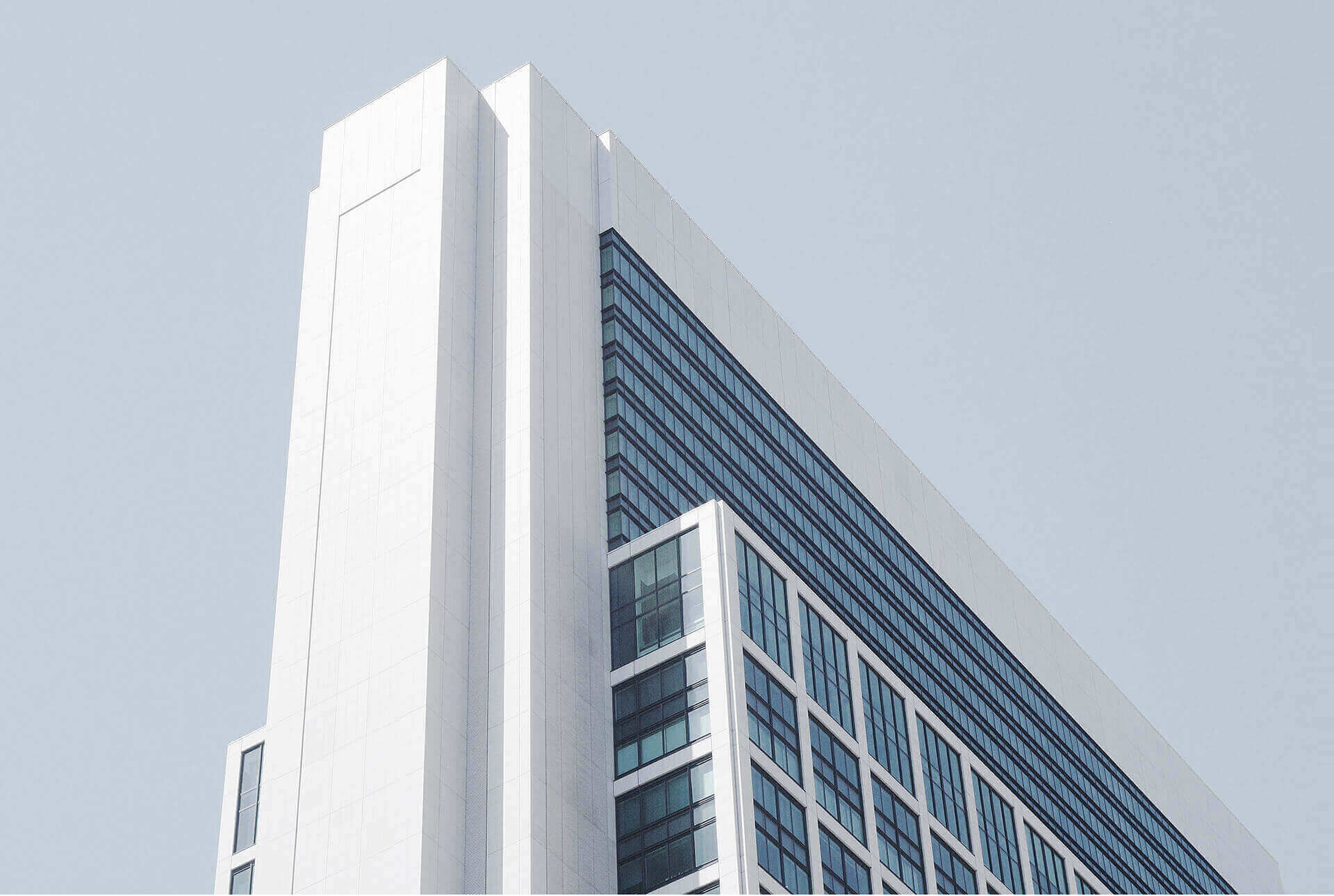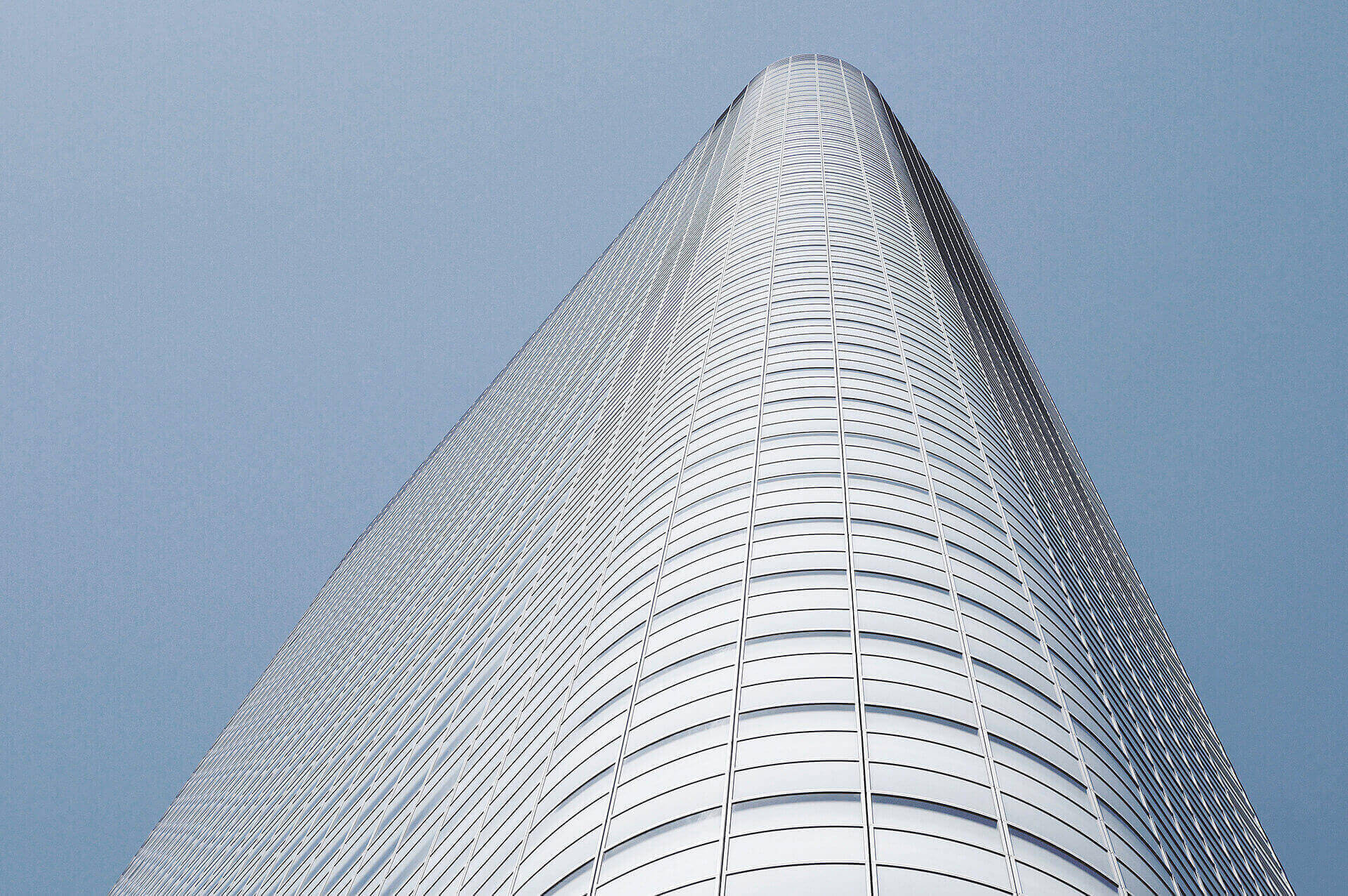Illumined by the high-summer sun, my hometown of Brighton (pop: 273,400) throbs with life. The stretch of pebble beach between the gaudy rollercoasters of the Palace Pier and the burnt-out remains of the West Pier is filled with sunbathers. Among them, parents chat while their children happily pile up rocks – who cares that there’s no sand? – or spread ice-cream around their chops. Cyclists ring their bells on the promenade above, across the road from the luxury Victorian beachfront hotels. A human wave of trendy sun-starved locals and tourists – both excitable teenage exchange students and well-dressed day-trippers from London – has spilled onto the burgundy-coloured cycle path.
As always, the smell of burning cannabis wafts into a mix of hot concrete, vinegar-soaked chips and mini-donuts fried to the soundtrack of decent buskers; and a live cover-band performs to a happily boozy crowd outside a seafront club.
Not today, though. Today, Brighton looks tired under grey clouds. Although it is mid-July, the wind bites as I step onto the straight, mile-long road connecting the station to the seafront. In this unflattering gloom, the street’s ornate whitewashed buildings – so resplendent in the sunshine – look like a mouthful of old yellow teeth. It’s 4pm on a Friday afternoon, but the promenade between the two piers is deserted save for resilient dog walkers, a cluster of officer workers at a pub, and hardy tourists sneaking chips into their mouths before the salty sea air blows their hair over their faces. The jingle of the Victorian-style merry-go is a little unsettling without the happy murmur of a crowd.
It’s on days like this that it is painfully clear that Brighton, which I left six years ago for a London university and never looked back, needs a little TLC. Since being awarded city status at the millennium, it has struggled to dovetail its history as a somewhat seedy, shifty seaside town with its future as a “proper” city (properly called Brighton and Hove, since it takes in its slightly more staid neighbour): one with a progressive and vibrant counter-culture, partly fuelled by its student population and thriving LGBT community, and cemented when the Brighton Pavilion constituency elected the UK’s only Green Party MP in 2010. Now, the time for struggling should be over. Hundreds of millions of pounds is being poured into this liberal bubble sandwiched between the rolling South Downs and the sea. It has a wave to ride. Yet a fear of the unknown has only created new divides.
The Brighton i360 tower, the crowning attraction of the city’s redevelopment – standing outside the derelict West Pier and opening to the public on 4 August – is a neat symbol of this rift. Sponsored by British Airways and designed by the London Eye architects Marks Barfield, the i360 is a 568-ft silver column on which a 200-person-capacity UFO-shaped glass pod with a mirrored bottom will slowly glide up and down. Each ride will take 20 minutes and give a view over 26 miles which includes not just the city but the English Channel, the South Downs and, on a clear day, the town of Bexhill and the city of Chichester on either side. Afterwards, visitors can dine at a restaurant using ingredients from Sussex.




